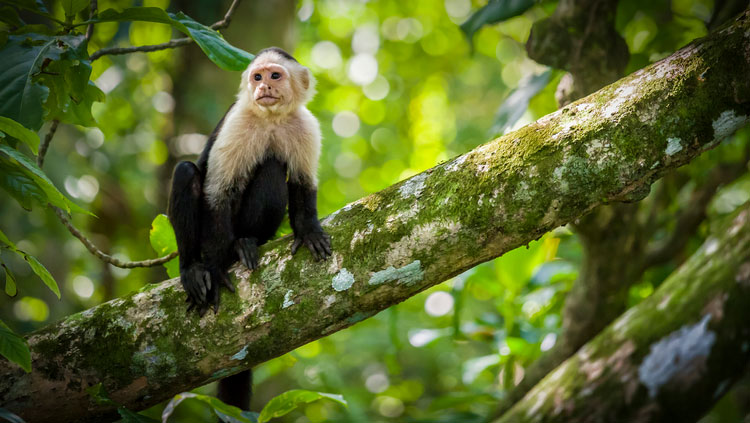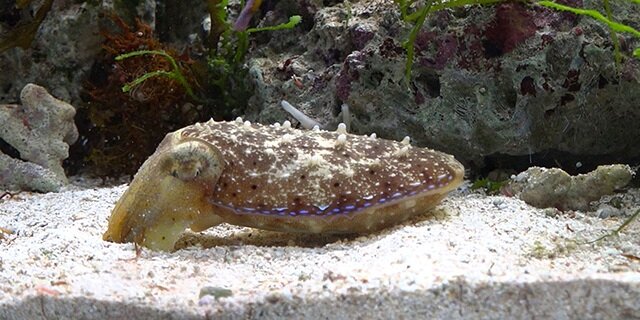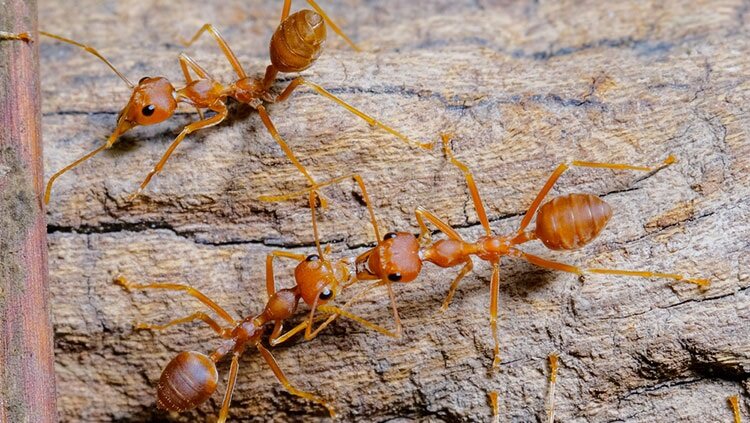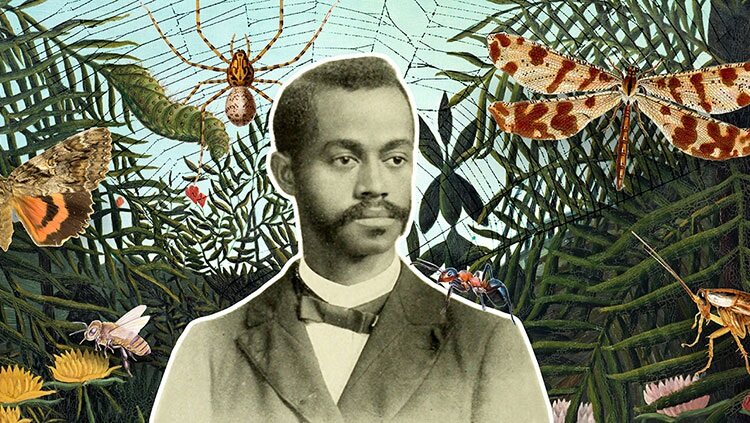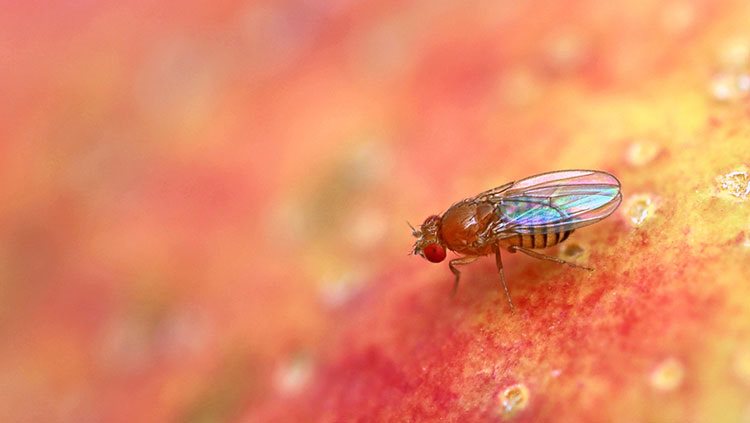Today is the second and last day of “mini-season” here in South Florida. That is, the last Wednesday and Thursday of July where Florida lobsters are available for the taking by non-commercial lobster hunters. I grew up in New England and I love me some huge (i.e. 2-3 lb) Maine lobsters, but since establishing some roots down here in sunny Florida, I’ve grown to like the smaller, but still sweet tasting cockroaches of the sea.
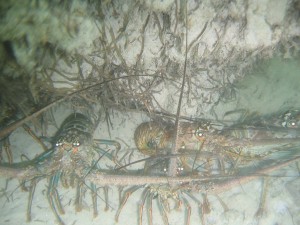
There are a few ways of catching the lobsters, most involving a tickle stick and a net. Sounds kinky, I know, but essentially, you find lobsters by gently tapping the lobster’s tail with the tickle stick and guiding it into a net that you’re holding. Lobsters typically hide out under rocks or in holes and of course, under water. That’s where the excitement – and the danger – come into play.
Most people don either scuba or snorkel gear and board boats to find these delicious treats. Florida lobsters like to hide in reefs or bridge pilings or mangrove roots in relatively shallow water. Deaths during mini-season are, unfortunately, common. We had 2 years of death-free seasons in 2012 and 2013, but we are not so lucky this year. People die for a variety of reasons during this time, many of which can be linked to chasing after just one more lobster.
But what does this have to do with neuroscience? Well it turns out that lobsters have provided humanity more than just delicious meat. They have a highly sophisticated, yet simple, neural network called the stomatogastric-ganglion (STG) system (Mulloney & Selverston, 1974). There are just 30 neurons in this elegant system which is responsible for controlling the gut and stomach muscles of these animals as they digest their food. What can we learn from a lobster gut? The possibilities seem endless.
According to Allen Selverston,
“The system has special advantages that make it one of the most well-studied invertebrate neural circuits available. Its importance lies in the fact that the cellular and synaptic properties used by this ganglion are the same as those found in all nervous systems including the mammalian brain but because there are only a few neurons in each circuit the entire "wiring diagram" for the ganglion has been determined.” Scholarpedia link.
The STG is what is known as a “central pattern generator” – it exhibits a rhythmic pattern of responding in a circuit of neurons. This is the same type of pattern that humans (and other animals) use when engaging in such rhythmic behaviors such as breathing or chewing. I think it’s pretty amazing that we can learn so much about how behavior emerges from neural activity just by studying the gut of a lobster!
We can also learn a lot about brain chemistry by studying this circuit. Eve Marder was one of the first to study how neurotransmitters such as glutamate and acetylcholine can either excite or inhibit this circuit, depending on the context (Marder, 1974). She further went on to show how other chemicals – neuromodulators – could effectively tune this system, making it more or less sensitive over time (Marder & Eisen, 1984).
The STG in the lobster is just one example of how knowledge gained from studying a simple 30-neuron circuit can be used to understand the more complex billion-plus-neuron circuit that is the human brain. With knowledge gained about the circuitry in the STG and how neurotransmitters and neuromodulators control that circuitry, the groundwork is laid for understanding what happens when things go wrong, and what steps we can take to help rectify the problem. Given that every psychological, behavioral, and motor disorder can be traced to essentially a faulty circuit somewhere either in the brain or in the peripheral nervous system, this knowledge is invaluable. So next time you step in the ocean, or taste a spoonful of lobster bisque, or fill a prescription, or participate in some form of behavioral or talk therapy, thank the lobster for their invaluable contributions to human existence.
References
- Marder, E. Nature 251, 730-731 (1974). Article
- Marder, E. & Eisen, J. S. J. Neurophysiol. 51, 1345-1361 (1984). PubMed
- Mulloney, B. & Selverston, A. I. J. Comp. Physiol. 91, 1-32 (1974). Article.
Also In Animals in Research
Trending
Popular articles on BrainFacts.org




